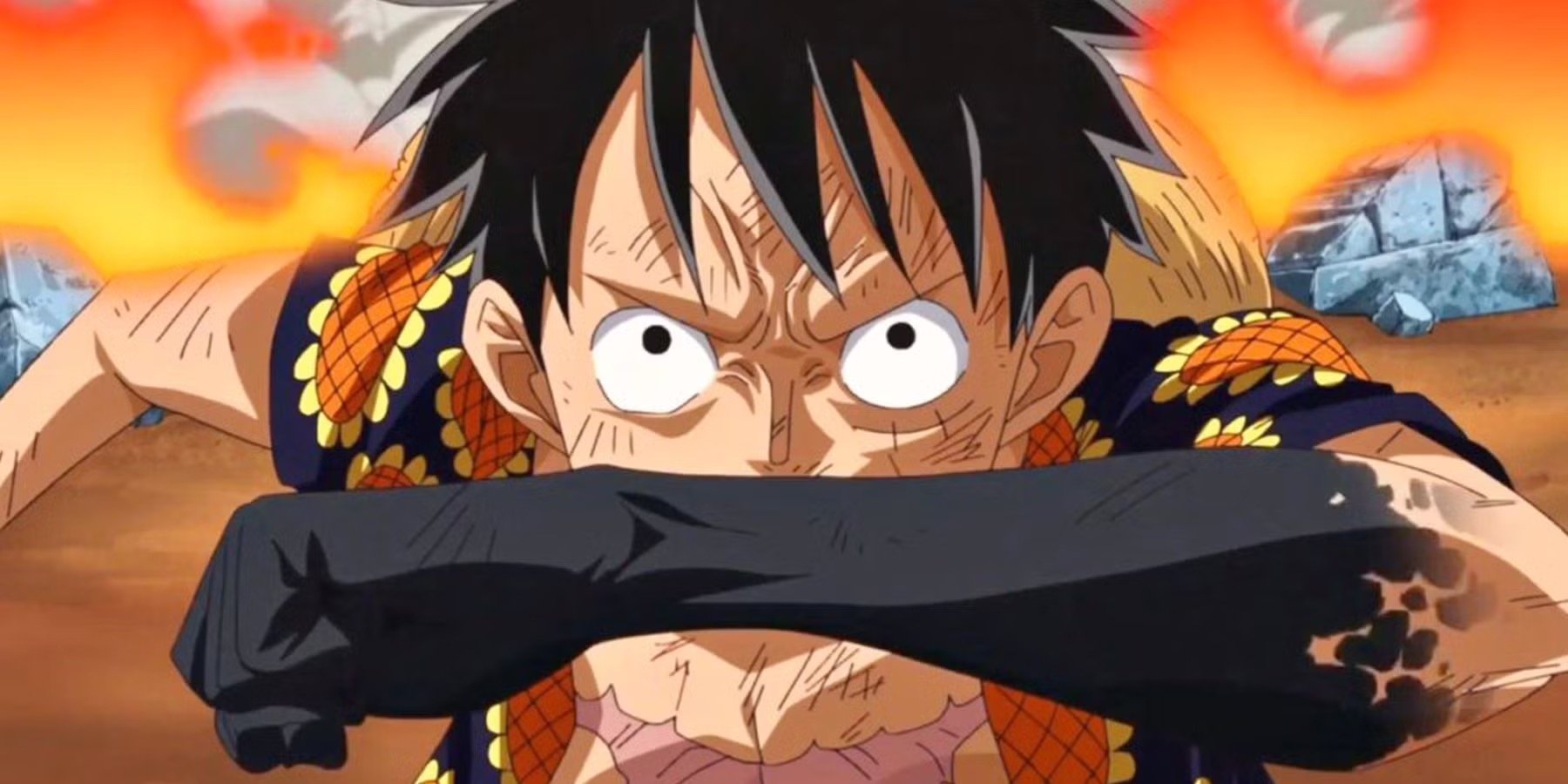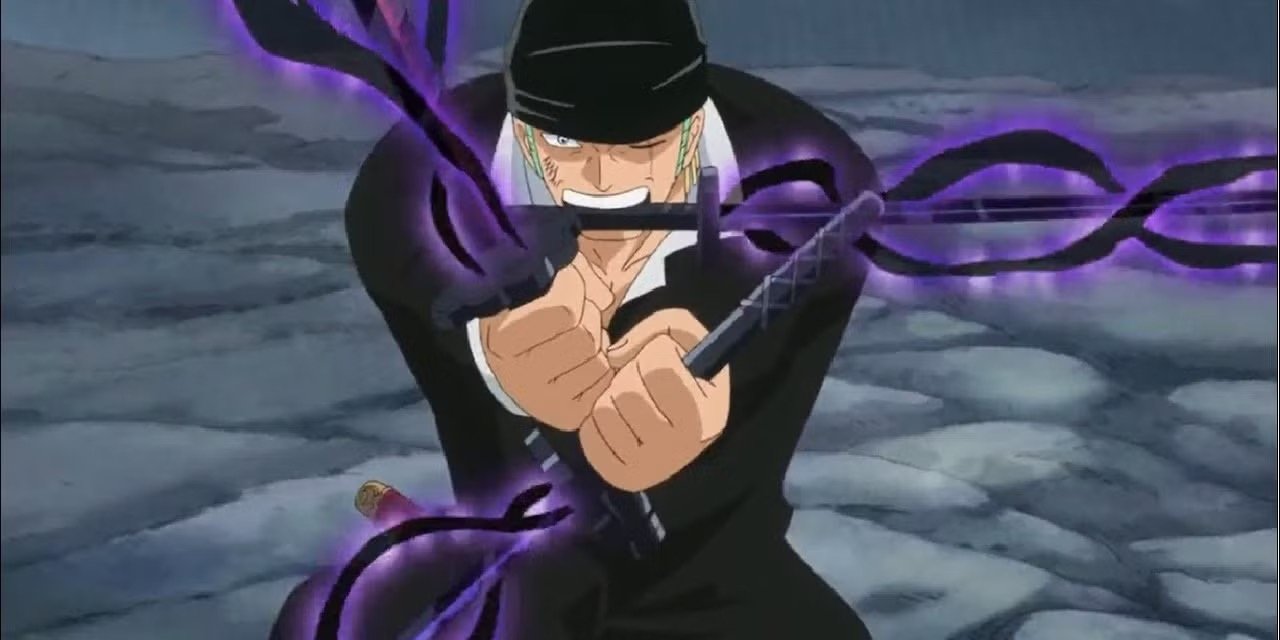Can You Train Haki in Real Life? Here’s How to Unlock It
Luffy (One Piece)
In One Piece, Haki isn't a flashy superpower—it's a manifestation of willpower, awareness, and dominance. It's what separates the true warriors from the rest of the world.
But what if I told you Haki isn't just fiction? While you won't be knocking people out with your aura, the foundations of Haki—awareness, toughness, and presence—are very real skills you can train for. And if you commit to building them, you can level up your body, mind, and spirit beyond what you think is possible.
Let's break it down.
1. Breaking Down the Three Types of Haki
Observation Haki — The Power of Awareness
In One Piece, Observation Haki lets you sense movements before they happen. This translates to heightened situational awareness, reading people's intent, and reacting under pressure in the real world.
You can build this through reaction drills, martial arts, and flow training that sharpens your instincts.
Armament Haki — The Power of Toughness
Armament Haki hardens the body to defend against powerful attacks. It mirrors physical durability in real life—resisting fatigue, absorbing impact, and maintaining focus under stress.
Cold exposure, high-intensity conditioning, resistance training under fatigue—these forge real-world "armor."
Conqueror's Haki — The Power of Presence
Conqueror's Haki isn't about physicality but strong willpower that changes the room. It's leadership. It's unshakable presence.
This is trained by putting yourself under pressure, such as through public speaking, difficult leadership roles, and maintaining emotional control when chaos hits.
Zoro (One Piece)
2. How to Train for Each Type of Haki
Observation Haki Training:
Reaction drills: Tennis ball drops, partner-based quick-reaction training.
Situational sparring: Martial arts training requires reading an opponent's intent and reacting fast.
Flow training: Movement patterns like parkour, primal movement, and tactical drills that demand fluid control.
Armament Haki Training:
Cold exposure: Ice baths, cold showers, building resistance to physical shock.
High-rep strength conditioning: Kettlebell complexes, sandbag carries, jump rope under fatigue.
Sparring under pressure: Controlled combat training to build resilience when your body wants to quit.
Conqueror's Haki Training:
Leadership reps: Put yourself in uncomfortable leadership or decision-making roles.
Mindset drills: Daily meditation and visualization of handling high-pressure moments.
Controlled breathing under stress: Box breathing during difficult workouts to stay mentally locked in.
3. Haki Is a Way of Life
You don't turn Haki on and off. It's a way of existing.
The real-world Haki you build is made up of tiny, daily battles:
The moment you stay calm under pressure.
The split-second is where you trust your instincts.
The day you don't quit when your body says stop.
The leadership moments where you step forward, even when afraid.
Training Observation, Armament, and Conqueror's Haki is about forging character through action. It's about sharpening yourself to meet the world head-on without fear.
Conclusion: Forge Your Haki
You don't need devil fruits or pirate ships to develop Haki.
You need discipline, pressure, and practice.
Train your awareness like a fighter.
Harden your body through battle-tested conditioning.
Command the room with your presence and inner strength.
Haki isn't fantasy. It's built through repetition, resilience, and courage.
Your challenge:
Spend the next week training one form of real-world Haki every day.
Build the power that can't be seen—but will always be felt.
Sanji (One Piece)




